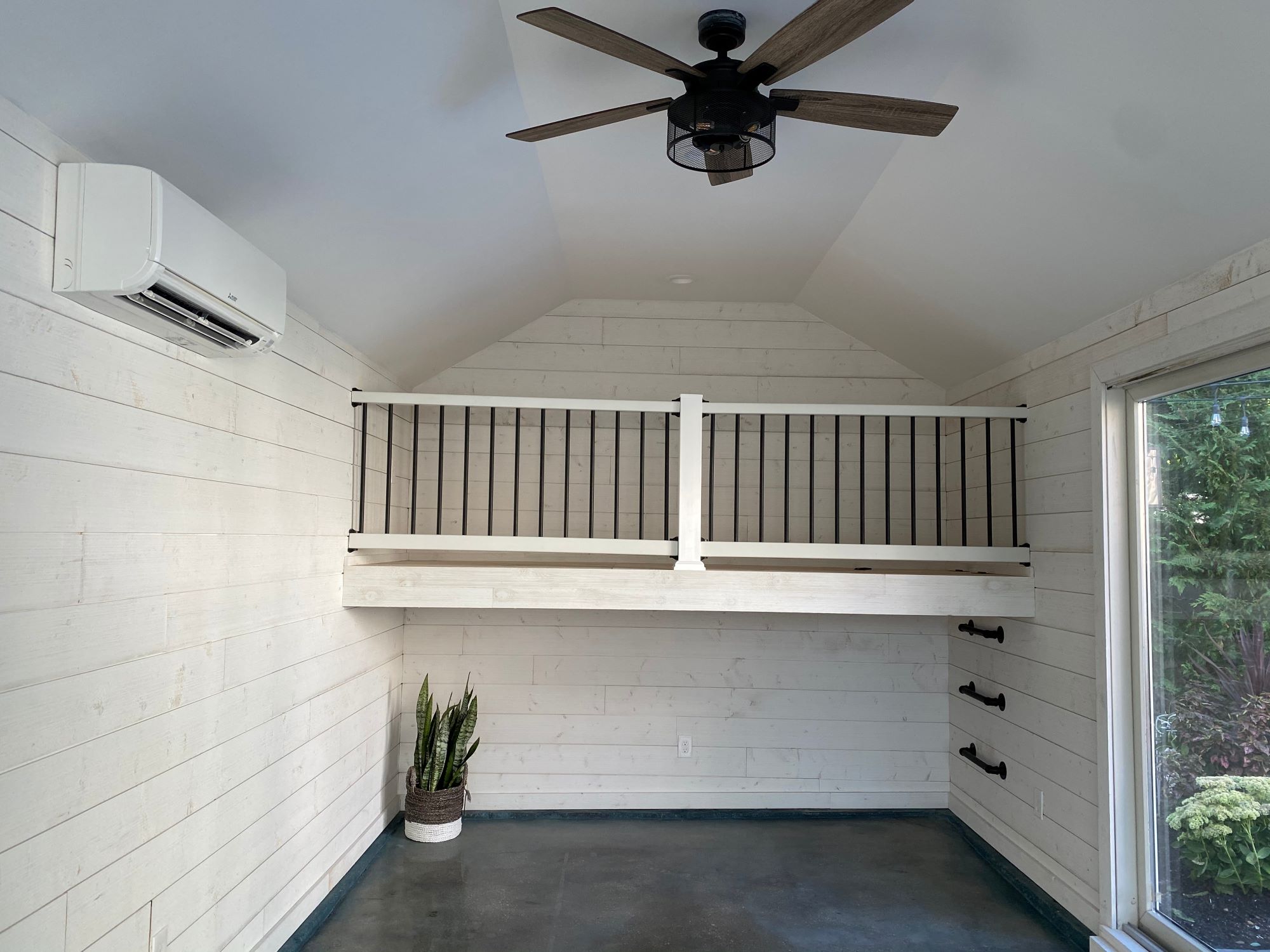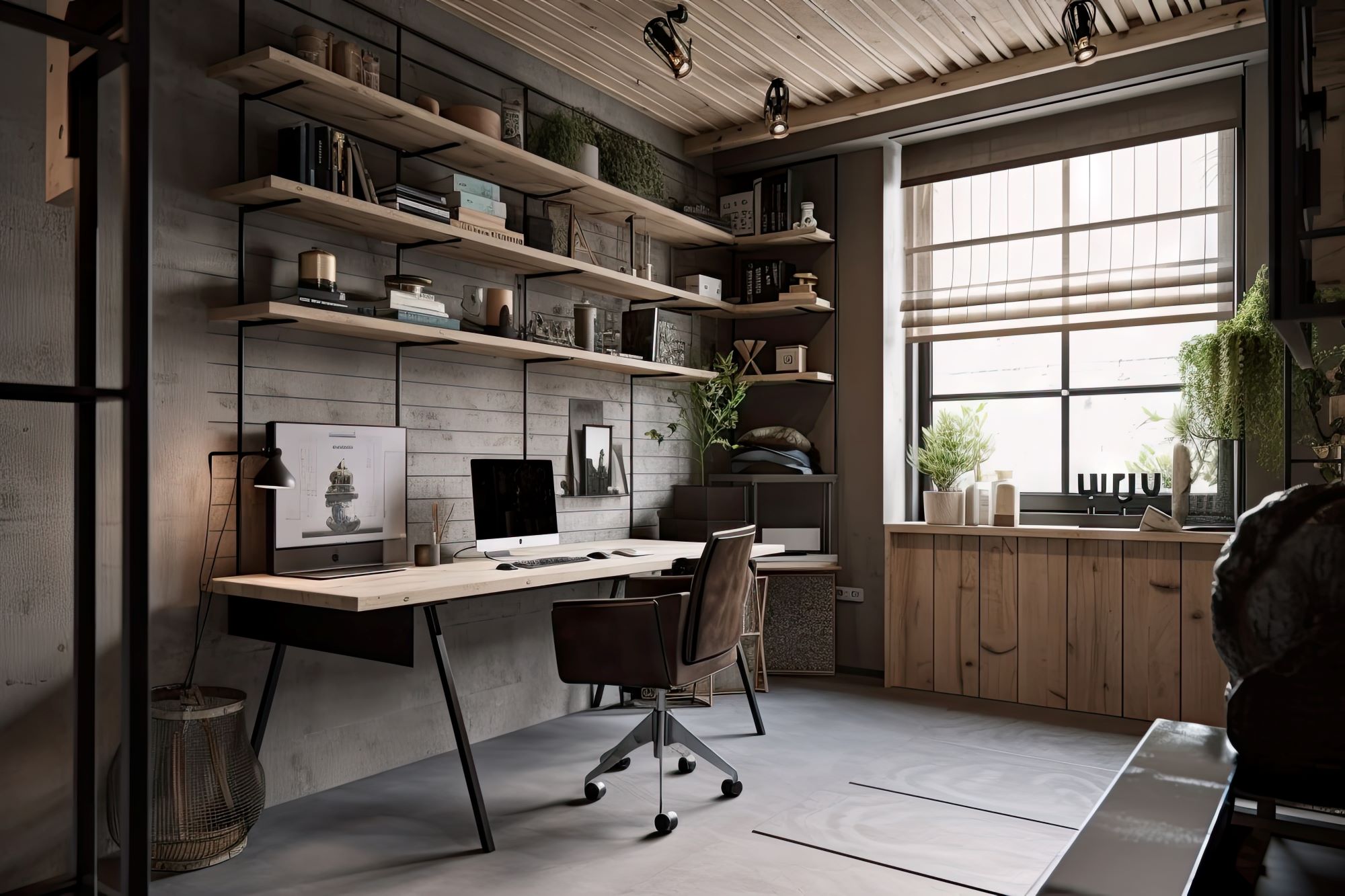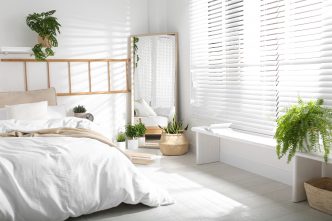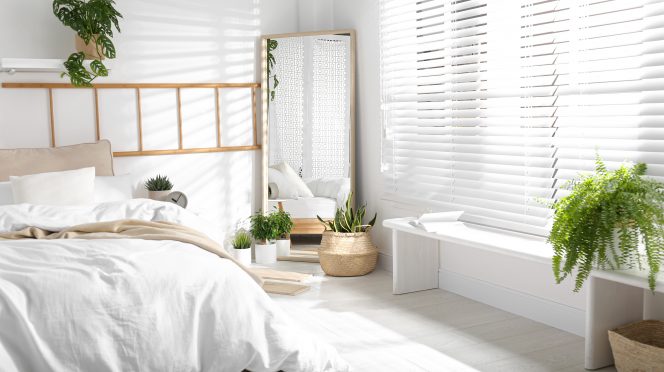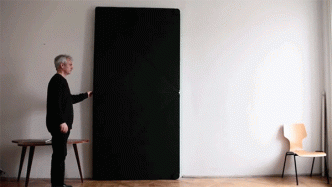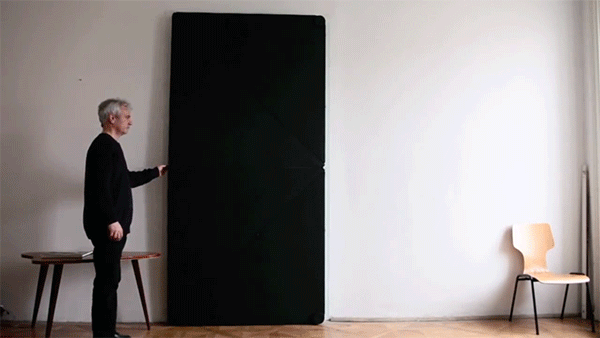The trend of remote work has been steadily gaining momentum in recent years. Professionals from various fields, including freelancers and full-time employees, are now enjoying the benefits of working from home.
However, to maintain productivity and a work-life balance, it is imperative to have a designated workspace within the home. A makeshift setup on a dining table is not sustainable for prolonged periods.
For individuals seeking a dedicated workspace, converting an underutilized garage into a home office is an excellent solution. This offers a purposeful and efficient workspace without the need to commute.
1. Evaluate And Clean Your Garage
Begin by assessing the available space and layout of your garage. It is important to gauge whether the area is adequate for the essentials such as a desk, chairs, and storage units. It is advisable to declutter the space by organizing and, if necessary, discarding items.
Give the garage a good clean out. Employing effective cleaning tools to sweep, mop, and dust the area is highly recommended. Keeping the space clean boosts work efficiency and is essential for creating a productive workspace.
2. Plan Your Workspace Layout
To optimize your workspace, first, establish what is needed for your daily tasks. Essential furniture, equipment, and stationery should be identified. Subsequently, design a floor plan that accommodates these essentials. Assign specific areas for different tasks to ensure a well-organized workspace.
Additionally, consider the workflow and accessibility. It is important that frequently used items are within reasonable reach and that there is ample space to move around to avoid a cramped workspace.
3. Insulate And Weatherproof
Proper insulation is not only crucial for comfort but also for energy efficiency. A well-insulated workspace ensures a controlled environment that is conducive to productivity. Furthermore, it is important to weatherproof the garage to safeguard against natural elements such as rain and snow, which could otherwise disrupt your work.
There are a variety of insulation materials available, including foam boards and fiberglass. It is advisable to conduct research or consult professionals to select the appropriate insulation for your garage. Installation can either be undertaken independently or by hiring a contractor.
4. Install Proper Lighting
Adequate lighting is crucial in any workspace. It not only illuminates the space but also plays a significant role in reducing eye strain and fatigue, thus contributing to enhanced productivity and mood.
There are various lighting options available. Ambient lighting provides general illumination, task lighting focuses on specific work areas, and accent lighting can be used for highlighting decorative elements. A combination of these can create a balanced and functional workspace.
Position lights strategically to avoid glare on screens and shadows over the workspace. Placing task lights to the side or behind the working area and using adjustable fixtures can help in achieving optimum lighting conditions.
5. Choose Comfortable Furniture
Investing in an ergonomic chair and desk is highly recommended. An ergonomic chair with lumbar support and adjustable features can prevent back pain, while a desk with appropriate height and space can facilitate comfortable working postures.
It is also wise to consider additional furniture for storage and accommodating visitors, if necessary. A file cabinet or a bookshelf can keep documents organized, and a couple of chairs with a small table can create a meeting area. Create an ample walking space that can contribute to a more open and less confined environment.
6. Implement Efficient Storage Solutions
Start by assessing the storage needs. Determine the items that need to be stored and how often they will be accessed. This will guide the choice of storage solutions. Vertical space is often underutilized. Employ shelving or wall-mounted cabinets to maximize storage without consuming floor space. This leaves more room for movement and additional furniture if needed.
Consider incorporating creative storage solutions for a clutter-free environment. Using multipurpose furniture, like a desk with built-in storage or a pegboard for hanging supplies, can be both functional and aesthetically pleasing.
7. Incorporate Technology
Selecting an efficient computer and the appropriate peripherals, such as a printer, scanner, and headphones, is fundamental. Ensure that the chosen technology meets the demands of your work.
A reliable internet connection is the backbone of remote work. Opt for a high-speed connection and consider investing in a good quality router. A backup plan, such as a mobile hotspot, is also prudent.
Cable management and the strategic placement of power outlets contribute to a tidy and hazard-free workspace. Employ cable organizers and ensure that power outlets are conveniently located to minimize the need for extension cords.
8. Personalize Your Space
To create an environment that inspires creativity and focus, incorporate elements that reflect your personality. This might include artwork, photographs, or memorabilia.
Colors can influence mood and productivity. For instance, blue is known to stimulate the mind, while green can create a sense of balance. Choose colors that resonate with your work ethos.
Plants can enhance the atmosphere and improve air quality. Consider adding greenery along with other decor, like lamps or rugs, for a welcoming and invigorating ambiance.
9. Ensure Proper Ventilation And Temperature Control
Air quality has a direct impact on health and productivity. An airy space with clean air is conducive to focused and sustained work. Installing a ventilation system is highly recommended. Additionally, an air conditioning system can control temperature during warmer months.
Perform regular maintenance on these systems. Additionally, keep windows open when the weather permits to maintain a comfortable working temperature.
Conclusion
The transformation of a garage into a home office is a rewarding endeavor that requires careful planning and execution. This newly created space can serve as a sanctuary for productivity, creativity, and professional growth. The steps outlined in this article serve as a guide for creating an optimal workspace that not only meets professional demands but also fosters well-being.
